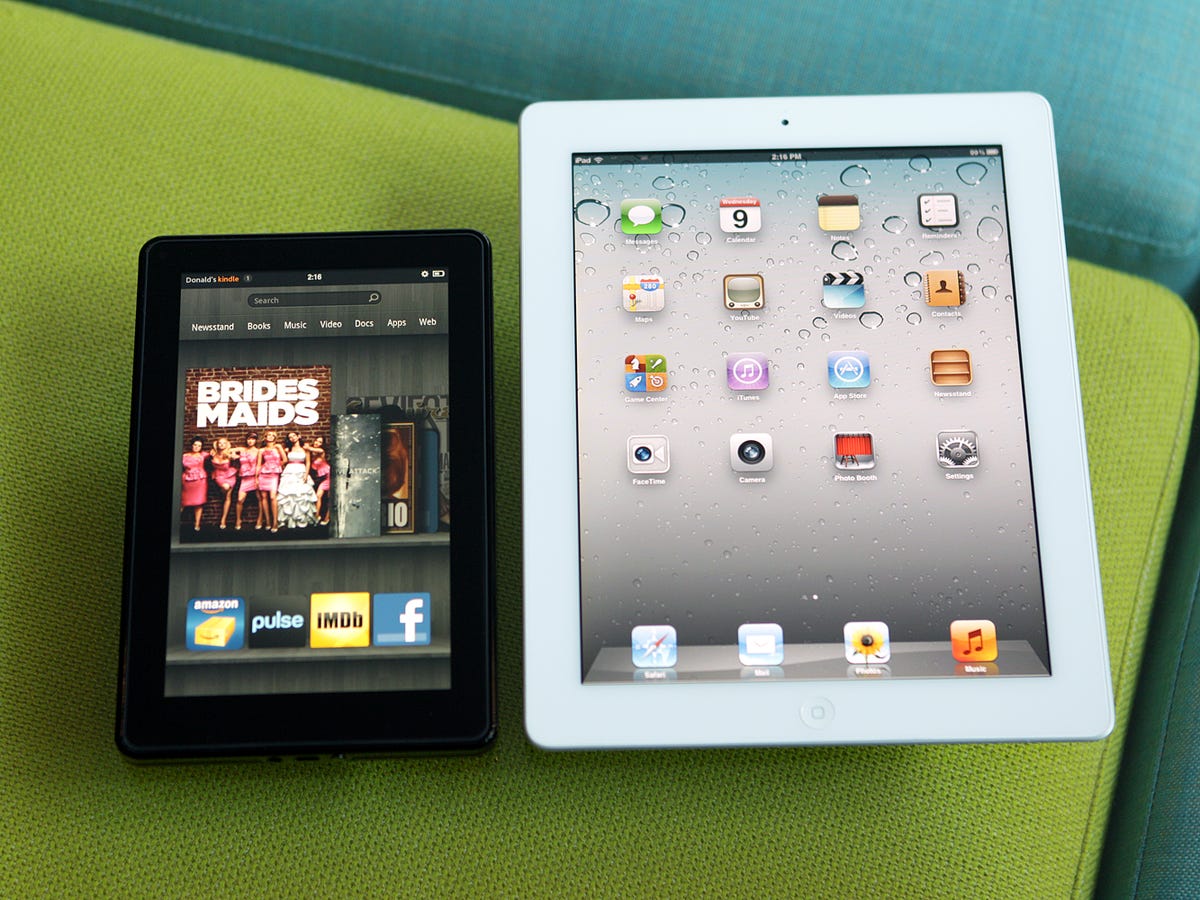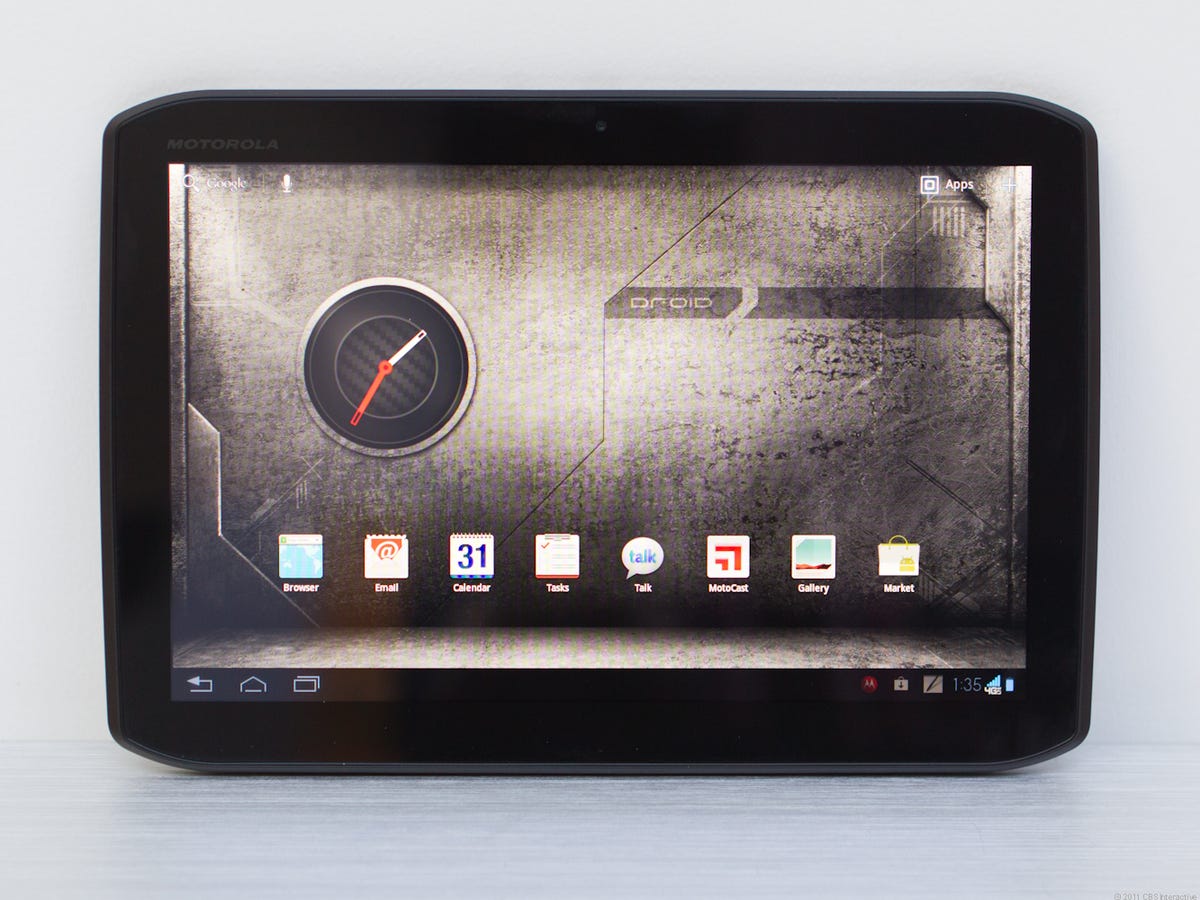Yesterday, Tech Republic published a great editorial making the case that Android tablets are a failure.
I don’t entirely agree, but as we head into CES 2012, one thing is certain: there will be no more talk of Android 3.0 (aka Honeycomb) as anything other than a disappointment. The future of Android, for tablet and smartphone alike, is Android 4.0, aka Ice Cream Sandwich.
That said, I do worry that the Android 4.0 experience on a tablet is destined to repeat the same mistakes as Honeycomb.
The Tech Republic piece cites four main reasons for the failures of last year’s Android tablets: screen size, security, apps, and price. I see where the writer is coming from, and I found myself nodding sympathetically at all his points, but I don’t think that fixing all of these issues would make the Android tablet experience more competitive in a meaningful way.
If we’re to hold up the Kindle Fire as the first genuine Android tablet success story, I think it’s too easy to say that price is what put it on top. There are other $199 tablets out there. Hell, there are $99 tablets out there.


Josh Miller/ CNET
Granted, we’ve seen time and again that pricing any iPad competitor above the iPad (or, worse, saddling it with carrier contracts) is the tablet kiss of death. But slashing the price down to $199 doesn’t fix any underlying problems with Android tablets. You’ll sell more tablets, sure–but if the experience is unsatisfying then you’re just sowing the seeds for a future iPad purchase.
So, assuming a tablet’s price is reasonable, how do you fix the Android tablet experience?
Well, looking at the iPad and the Kindle Fire, one thing they both nailed down that was dearly lacking in most Honeycomb tablets is an entertainment ecosystem. There is an implicit understanding that tablets are supposed to be fun. You switch one on, and the brain instinctually seeks out novelty. “Show me something cool.”
Spend any length of time in the tablet section of a Best Buy, and you’ll notice people trying out the preinstalled game demos, playing videos, or making goofy faces into the iPad’s Photo Booth app. I assure you, few of them are checking out the calendar app or pondering how to do desktop virtualization.
Bear in mind that Google only just recently launched its own music store. The same goes for its video download and rental store. In both cases, the content is only available to a select number of Android devices.
These services weren’t around with the launch of Honeycomb. Even now, with Google having its apps, books, music, and video content all in place, most people don’t associate the Google brand with entertainment. It’s a problem that Amazon.com and Apple don’t have, and I would venture that it’s this strong brand association with entertainment that put the Nook Tablet behind the Kindle Fire, in spite of its technical superiority.
So, there’s Step 1: Make your tablet an inescapable time-suck of entertainment. It should also go without saying that catching up to Apple and Amazon on this front is not enough. Now that consumers have two convenient ways to get their fix, Google has to dig even deeper to show us something new and unique.
Step 2: Make it simpler. Yes, I know that Google and Motorola have positioned Android as the OS that “does” (as in: does stuff that iOS doesn’t), but it turns out that the number of people who want more “does” in their tablet isn’t enough to support a profitable tablet market. The Kindle Fire could have been marketed as the tablet that does “astonishingly less” and it still would have sold like crazy. Currently, the number of people looking for simple is vastly greater than the number looking for complexity. Though it may be a sad comment on humanity, relative device popularity seems to bear this out.


Josh Miller/CNET
I’m sure I’ll catch hell for saying that Android needs to be trimmed down to be simpler and more intuitive. But save your comment vitriol for my final suggestion. I’m going to dangle it in front of you like bait. Ready?
Android needs to work on its vibe.
That’s right: vibe. Google’s pure Honeycomb experience feels like some too-cool Berlin nightclub where the restroom signs have been replaced with cryptic, angular symbols. The skinned experiences are even worse, like someone switched on the lights and redecorated the club to look like some novelty frozen-yogurt shop.
Now, don’t get me wrong. The vibe of the iPad is a little too precious and smug for my taste. I understand how Android’s whole approach is deliberately conceived to be a reaction to iOS–a shelter for those who can’t suppress their gag reflex when some shiny, happy iPhone ad plays on TV. But I think that Google has overcorrected with the look and feel of both Honeycomb and Ice Cream Sandwich.
I don’t have the answer, but when I am using a Honeycomb tablet I can’t help but feel that, as Gertrude Stein once famously wrote about Oakland, “there is no there there.”
A tablet is not a smartphone and it is not a computer. The most successful tablets so far are not only windows onto carefully cultivated ecosystems of media and apps, they are also a destination unto themselves. They’re a place to park your brain and hang out, even when you’re not entirely sure what you’re there to do. And just like with any hangout, vibe matters, and it’s not something you can change by simply slapping up some new wallpaper. The feeling you get from something is the totality of every detail, big and small, and sometimes–like some quirky dive bar–it comes together for reasons you can’t quite put your finger on. This question of vibe will be the easiest to dismiss, but I don’t think it can be emphasized enough.
So there you go. Those are my current thoughts on Android tablets. I handled so many of them last year that I lost count. Maybe that makes this an expert opinion, or maybe I’m too close to the problem to see it clearly. Maybe, as the Tech Republic piece suggests, we should already be mourning the death of the Android tablet.
I believe Google has a chance, though. The ingredients are all there. Devices like the Kindle Fire have proven that there is an audience out there eager for a fun iPad alternative. If Google can learn its lessons, this could be the year it gets it right.
For another take, check out Scott Webster’s article, “Why aren’t people buying Honeycomb tablets?”



